Headline inflation fell to a two-year low of 7.47 per cent in December 2011 on cheaper food items, a factor which may prompt the Reserve Bank to cut policy rates in the upcoming review.
Headline inflation, as measured by Wholesale Price Index, had stood at 9.11 per cent in November.
It was 9.45 per cent in the same month of 2010.
The latest numbers are the lowest since December 2009 when headline inflation was at 7.15 per cent.
Inflation at two-year low of 7.47% in Dec
As per the official data released on Monday, vegetables were cheaper by 34.18 per cent and wheat by 3.81 per cent on an annual basis. Potato and onion prices also fell by 35.45 per cent and 60.45 per cent year-on-year during December.
Prices of food items rose at a lower rate of 0.74 per in December, compared to 8.54 per cent expansion in the previous month.
Food articles have a 14.3 per cent share in the WPI basket and experts attributed the moderation in inflation to cheaper food articles.
Inflation in overall primary articles stood at 3.07 per cent in December, compared to 8.53 per cent in November.
. . .
Inflation at two-year low of 7.47% in Dec
Non-food primary articles, which include fibres and oil seeds also showed moderation by registering an inflation of 1.48 per cent in December, compared to 3.22 per cent rise in the previous month.
However, inflationary pressure continued in manufactured items, which which have a weight of around 65 per cent in the WPI basket.
Prices of manufactured products, went up by 7.41 per cent year-on-year in December, as against 7.70 per cent in the previous month.
. . .
Inflation at two-year low of 7.47% in Dec
Image: Reserve Bank of India Governor Duvvuri Subbarao.Photographs: Reuters
Inflation in manufactured items has been high since February 2011, when it crossed the 6 per cent-mark.
Among manufactured items, iron and semis grew dearer by 24.44 per cent and edible oil prices rose by 11.52 per cent.
The cost of tobacco products moved up by 13.18 per cent and basic metals became 12.96 expensive year-on-year.
Inflation in the fuel and power segment stood at 14.91 per cent on an annual basis in December, against 15.48 per cent in the previous month.
. . .
Inflation at two-year low of 7.47% in Dec
Image: A farmer works in a field, sifting the wheat from the chaff.Photographs: Reuters
Meanwhile, inflation for October 2011 has been revised upwards to 9.87 per cent from provisional estimate of 9.73 per cent.
Experts said that the moderation in inflation will give more leeway to RBI to consider cuts in interest rates in the next few months.
Headline inflation in the country has been above the 8 per cent mark since January 2010, while it has remained above 9 per cent since December of the same year.
The apex bank has already hiked key policy rates 13 times since March, 2010, to tame inflation.
. . .
Inflation at two-year low of 7.47% in Dec
Photographs: Reuters
India Inc has said the string of rate hikes, which have raised the cost of borrowing, have acted as a dampener to fresh investment and hindered growth.
The economic growth in July-September period of 2011-12 stood at 6.9 per cent, the lowest in over two years.
RBI, however, has put a pause to its rate hike policy since November last year and hinted that it may start loosening its tight monetary policy if inflation falls.
It had projected inflation to fall to 7 per cent by March this year.
Last month, Finance Minister Pranab Mukherjee pegged inflation at 6-7 per cent by March-end, on back of drop in food prices.
Inflation at two-year low of 7.47% in Dec
Encouraged by a sharp dip in December inflation, Finance Minister Pranab Mukherjee on Monday said the declining rate of price rise indicates improvement in macro-economic parameters and projected March-end numbers at 6-7 per cent.
Headline inflation, as measured by Wholesale Price Index (WPI), fell to a two-year low of 7.47 per cent in December 2011, from 9.11 per cent in the previous month.
"Headline inflation should be between 6 and 7 per cent in March end 2012," Mukherjee said, adding that he is confident that moderation in inflation would continue in the coming months.
As per the official data, prices of food items rose at a lower rate of 0.74 per in December, compared to 8.54 per cent expansion in the previous month.
The decline in the December inflation, he said, is "mainly due to significant decline in inflation for primary articles, including food inflation."
...
Inflation at two-year low of 7.47% in Dec
Mukherjee said good industrial production numbers for November at 5.9 per cent and a sharp decline in inflation "indicates some improvement in the overall macro-economic parameters in the second half of 2011-12."
"This trend is likely to consolidate in the coming months with some policy correctives," Mukherjee added.
Prices of manufactured products, which account for 65 per cent in the WPI basket, went up by 7.41 per cent year-on-year in December, as against 7.70 per cent in the previous month.
"The manufactured inflation and inflation in the power group of items ... continued to be a cause of concern," Mukherjee said.
He added that the softening in prices of manufactured goods would be gradual, even as non-food primary inflation is witnessing rapid decline.


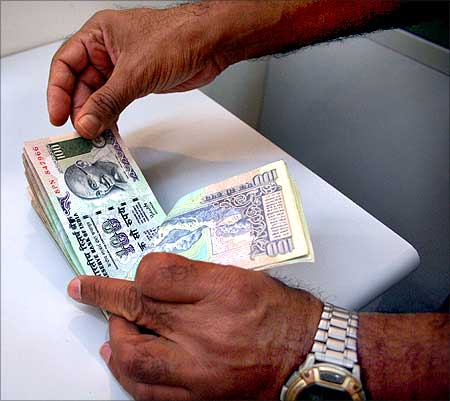
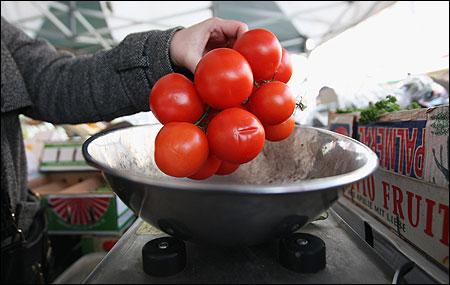
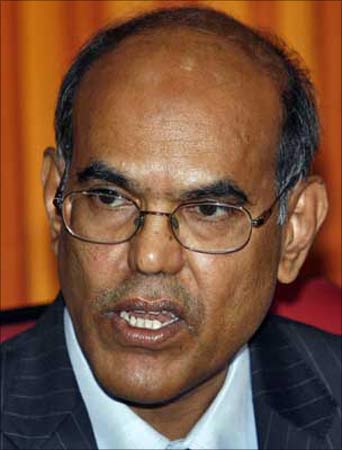
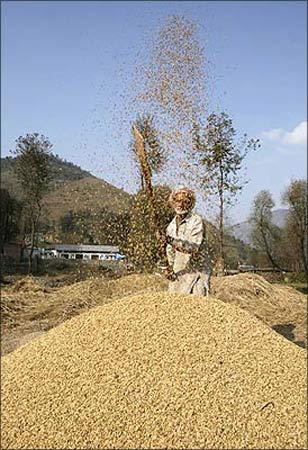
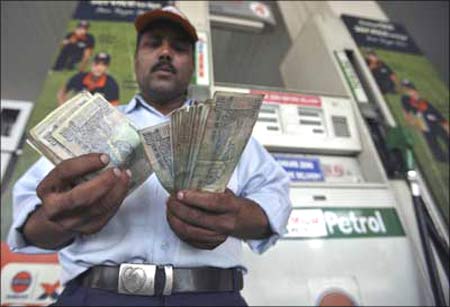
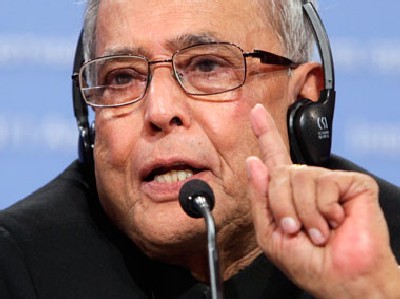
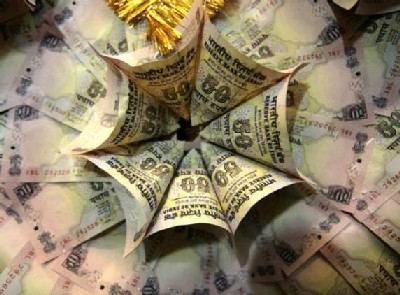
article